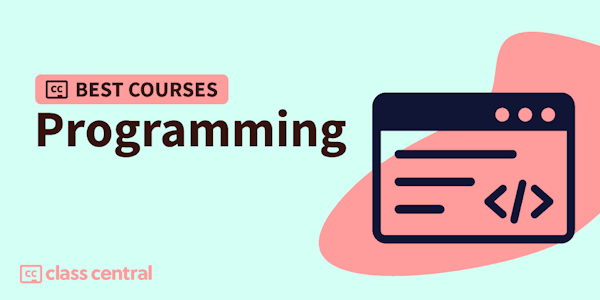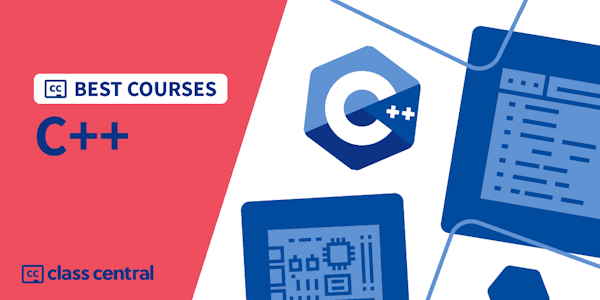Overview
Class Central Tips
The final course in the specialization Introduction to Programming in C will teach you powerful new programming techniques for interacting with the user and the system and dynamically allocating memory. You will learn more sophisticated uses for pointers, such as strings and multidimensional arrays, as well as how to write programs that read and write files and take input from the user. Learning about dynamic memory allocation will allow your programs to perform complex tasks that will be applied in the final part of the specialization project: a Monte Carlo simulation for calculating poker hand probabilities.
Syllabus
- Module 1: Interacting with the user and system
- So far, our programs have had a rather limited interaction with the user or rest of the system, printing some results to standard output (typically to the terminal). Now that we have learned about topics such as strings and arrays, we are ready to learn how to write a program that takes input from the user, takes arguments on the command line, accesses files, and does many other things we typically think of real programs as doing.
- Module 2: Dynamic allocation
- So far, most of the memory we have used has been located on the stack. Dynamic memory allocation gives a programmer much more flexibility, in that it allows you to request a specific amount memory to be allocated on the heap, so that it will not disappear with the stack frame of the calling function.
- Module 3: Programming in the Large
- So far, we have focused exclusively on programming in the small—designing the algorithm for a small-sized task, implementing it, testing it, and debugging it. This module discusses three main differences that "real" programs exhibit. 1) They tend to be much larger than those we have written. 2) More than one person works on them, sometimes teams of hundreds to thousands. 3) Real software has a long life-span during which it must be maintained. Now that you have an understanding of the basics of programming in the small, we are ready to begin learning about programming in the large!
- Module 4: Poker Project
- In this module, you will complete the Poker Project! Now that you know about dynamic memory allocation, user input, and how to program in the large, you can write the final parts of the program. You will write code to read in a file with a hand of cards and code to choose unknown cards from a shuffled deck. As you program with more sophisticated data structures, the importance of drawing good pictures will increase. Happy programming!
Taught by
Andrew D. Hilton, Anne Bracy and Genevieve M. Lipp









